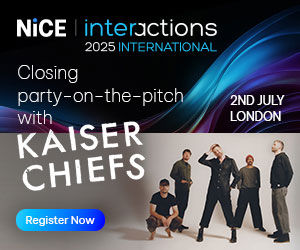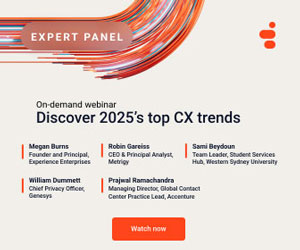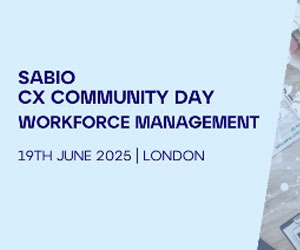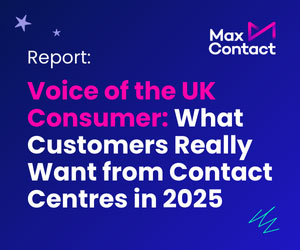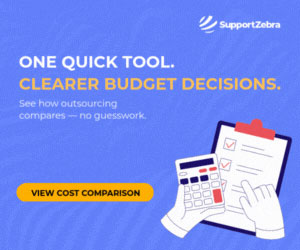One thing that every organization has is customer groups, or segments that have certain characteristics that are the same and that have the same values for their experience. Understanding these segments is important, because when you identify these groups and what drives value for them, you have a much better chance of creating the experience they need in order to keep coming back to you for your product or services.
A very important part of a customer experience is understanding the personality of the customers you serve. Not only does it allow you to have the right services available in your business model, but knowing your customer’s persona will also help you make sure that your experience will appeal to their wants and needs. Furthermore, it will give you insight as to what emotions you want to evoke for this group of people throughout the process.
What We Can Learn about Segmentation from Pollsters
Politicians know this. They hire pollsters to segment their voters based on all kinds of different factors, into smaller and smaller groups. Why they do this is obvious, which is the same reason politicians do anything at all: “to cater to their interests to get their votes.”
In a recent article on the BBC, pollsters revealed some of the segmentation, or, as they refer to them in the article, political “tribes”, that they do for their voters.
The tribes broke down into segments like this:
- Calm Persistence 31%
- Optimistic Contentment 22%
- Long Term Despair 15%
- Hard Pressed Anxiety 13%
- Cosmopolitan Critics 9%
- Comfortable Nostalgia 9%
These are very clear voter segments, and they are specific. Also, the names tell us some of the characteristics of the groups.
So the UK pollsters do it; the US pollsters most certainly do it. And I would argue that all organizations should do this for their customers, because once you know who they are and what’s important to them, you can: “cater to their interest to get their business.”
Most companies have very basic form of segmentation. For business-to-business or retail customers these generally look like: large customers and small customers; for an industry like Pharmaceuticals it might be more like customers who spend over $500 and customers who spend under $500. These are very crude. I would advocate that they should be done on behavioral segmentation or via personas – more like the UK political example above – to make the customer ‘live’ internally as well.
To that end, here are the 5 questions that you should be asking about your customers so that you too can have a better idea of who they are and how to make the experience fun for them:
- What is your golden question? The golden question is the question that reveals the ‘type’ of person you have as a customer. For example, a golden question could be, “Do you phone your friends or text them?” This could indicate that people that phone their friends are older and people that text are younger.
- What are your customer’s key distinctive characteristics? This question helps you segment into groups.
- What are their hooks and habits that will allow you to engage their emotions and make the experience feel personalized for them? Once you have groups you can assign traits to them.
- What is it they want most? Assigning a value to the traits helps you prioritize your experience design elements. This is key to helping you design a better experience for each segment.
- What would drive value for them and for the organization? These answers help you find the win /win situations that can make the experience better for them and your bottom line.
Planet Fitness and Free Pizza Night
An excellent example of a business that gets this concept in action is the success of the nationwide gym chain Planet Fitness’s monthly Free Pizza Night. Planet Fitness is the fastest growing nationwide gym chain right now. Having surpassed 5 million members and still growing strong, the gym focuses on what most people really want from their gym. Apparently, according to co-founder and chief executive Chris Rondeau, it’s a $10 membership fee and free pizza and bagels.
Free Pizza Night at Planet Fitness is a huge success. They give out approximately 250,000 pieces each time they host the member-appreciation event, and over 3 million a year. This monthly party is part of their customer experience that says, “Sure…pizza isn’t the healthiest thing we could feed you. But it sure is fun!”
Rondeau explained in a recent article for businessinsider.com that Planet Fitness is targeting the people that want to be healthier and may only use the gym a few times a month. They don’t have a fancy juice bar with wheat grass shots or sport the latest fitness class crazes. They focus on the fundamentals: lots of weight and cardio machines with a “no grunting” while you lift policy. Its reputation is built on a competition-free environment with banners that read, “You Belong.” They do this because this is what appeals to the persona of their particular members.
Planet Fitness put the fun in the gym experience and took out the parts that made their customers uncomfortable. By making it clear that eating pizza is okay and grunting while you lift weights is not, they are making their members, who are hardly going to be the most fitness conscious people out there, feel comfortable when they are working out. This environment is what is best for their customers’ personality.
What have you done to put the fun in your experience? How have you catered your experience to hit the different segments of your customer group? Are you a gym member that prefers free pizza or the type that wants a wheat grass shot?
Author: Guest Author
Published On: 30th Apr 2014 - Last modified: 5th Feb 2019
Read more about - Archived Content







